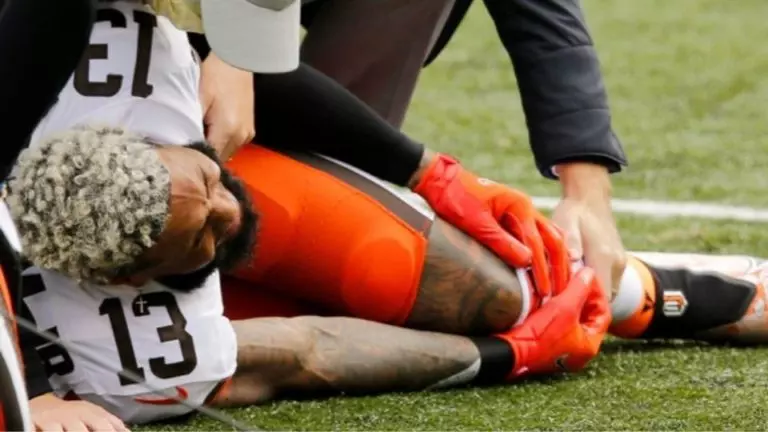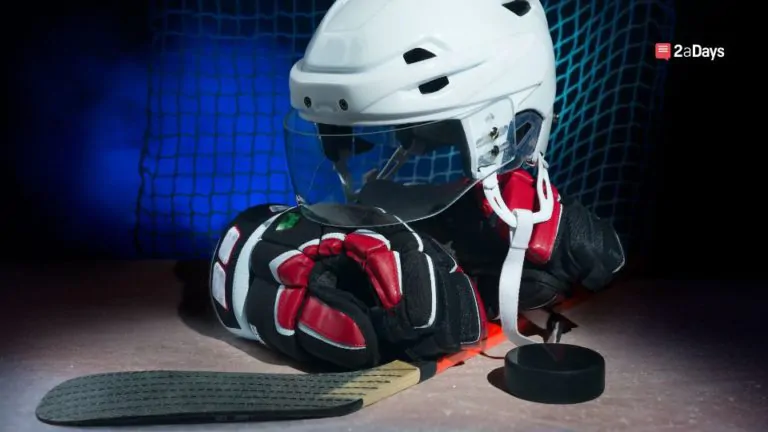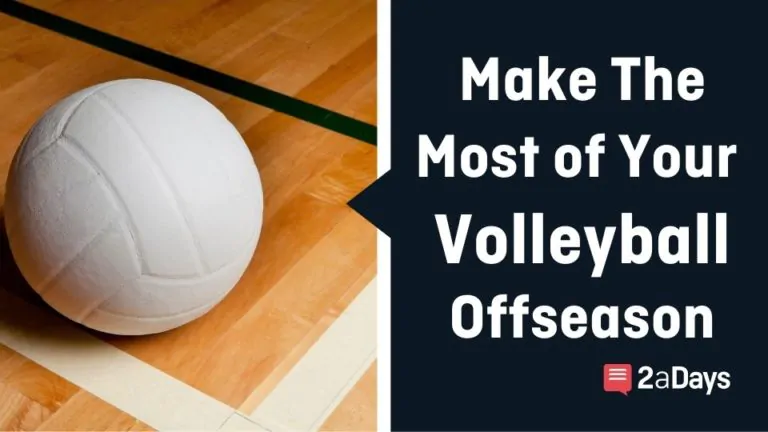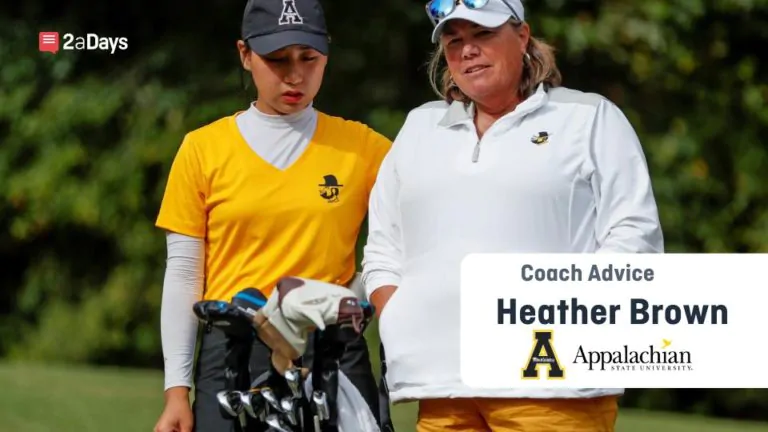The first turf field to be used in college football was in 1998 at Dick Bivins Stadium in Amarillo, Texas. A year later, the University of Nebraska installed the first college football turf field into their Memorial Stadium. At first, many people were very excited about the benefits of having turf fields, but they did not consider the consequences.
Knee Injuries
Since the switch to turf, across all college field sports, tears of anterior cruciate ligaments (ACL) have become 1.6 times more likely to happen, and tears of the posterior cruciate ligament (PCL) are three times more likely to occur on turf than on grass. Due to cleats not being able to penetrate the ground on turf as they would on grass, non-contact knee injuries are 32% higher on turf than on grass.
Related: DI Athletes Talk about Injuries While Getting Recruited
Ankle Injuries
Ankle injuries are even more common than knee injuries on turf. Based on statistics, Achilles injuries are twice as likely, and ankle fractures are six times as likely on turf than they are on grass. This is also caused by the different textures and how cleats can dig into turf and grass differently.
Related: Rate your Coaches, Facilities, and Campus Visits
Pros and Cons
Disregarding the injury rate, there are many more pros and cons of turf fields. Artificial turf is long-lasting and easy to maintain for high school and college sports teams. Other than saving water, turf fields make it easy to play in all weather conditions with no deterioration. Turf also makes it easy for college teams to change the logos on the field for championship and bowl games.
Although there are many pros to having a turf field, the cons have recently been steering people away from wanting to play on turf. Not only are knee and ankle injuries more likely to happen, but athletes are more likely to get sick when playing on a turf field. On hot summer days with the turf heating up, athletes are likely to get sick from burns, heatstroke, and dehydration. Overall, the adverse effects of artificial turf fields are beginning to take a toll on college athletes' health.
Have an idea for a story or a question you need answered? Want to set up an interview with us? Email us at [email protected]
Image source: Sports Illustrated
* Originally published on March 22, 2022, by Finn Rice







